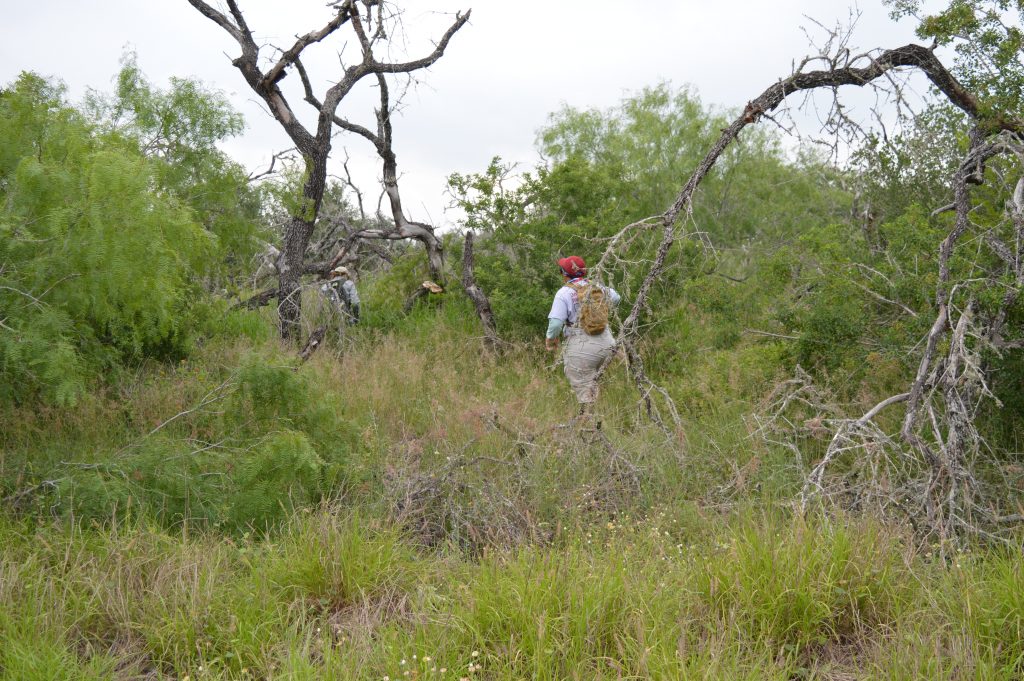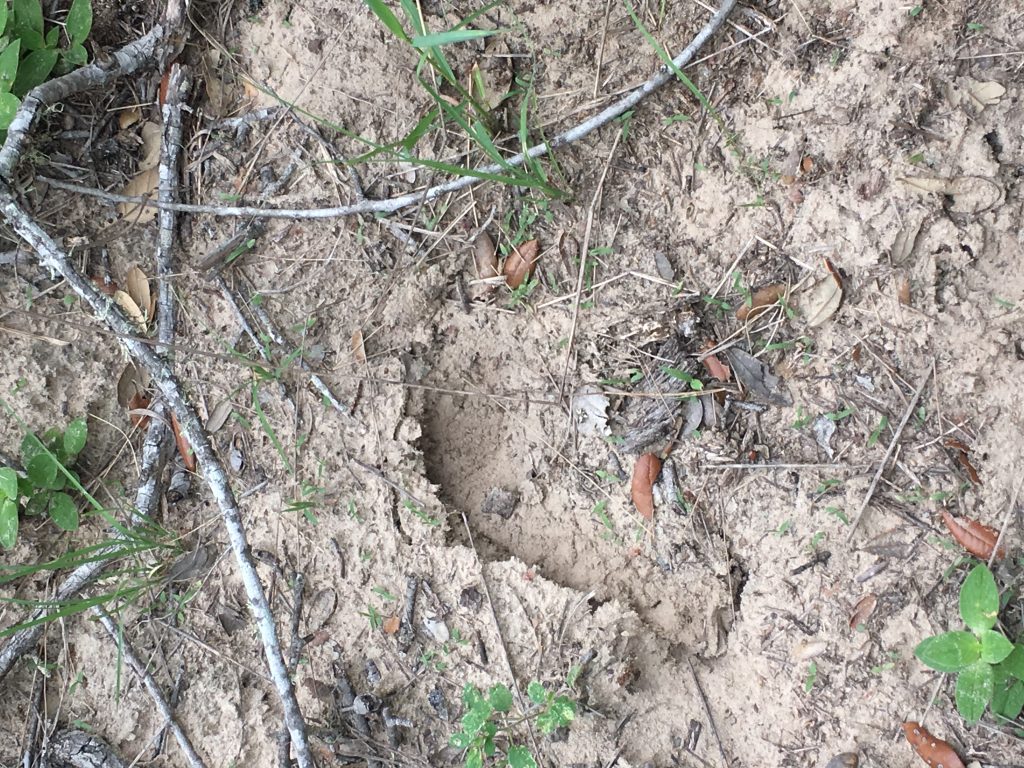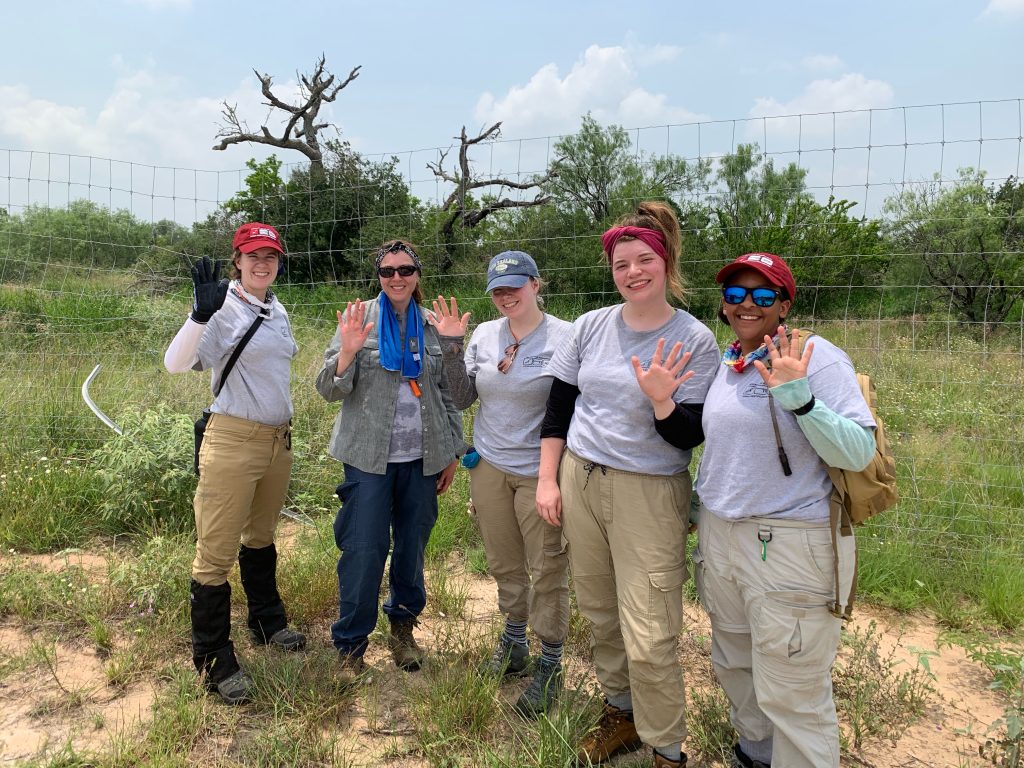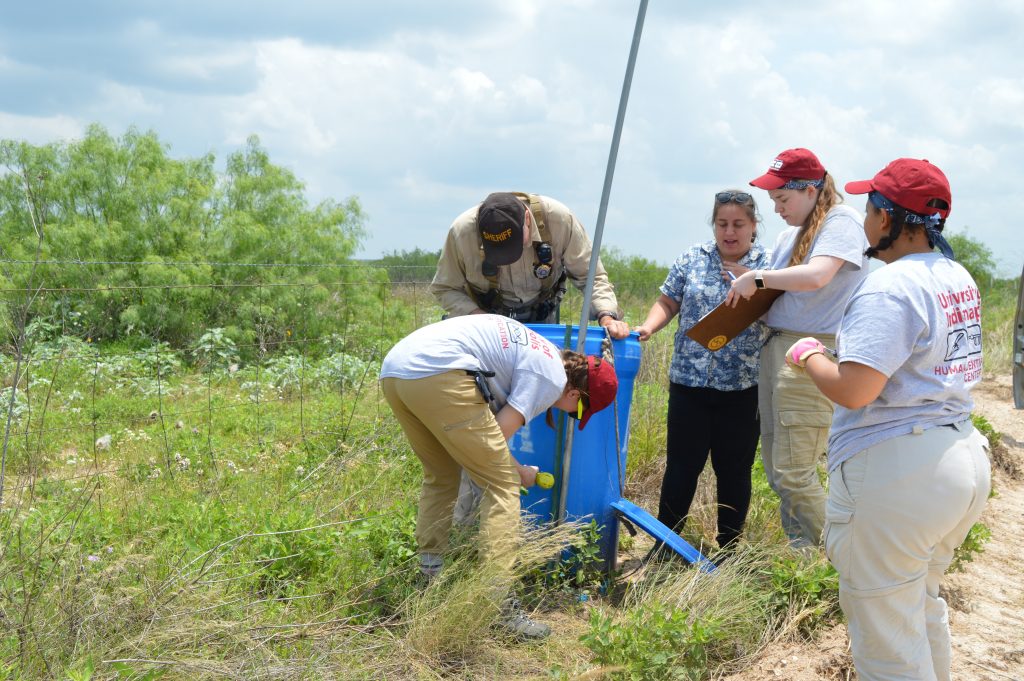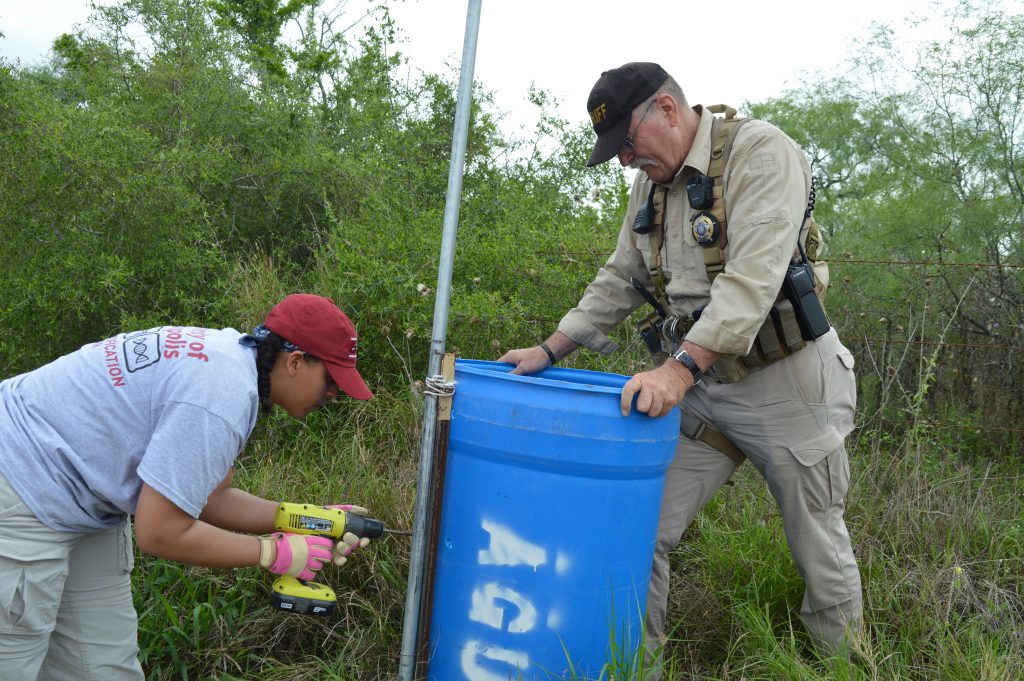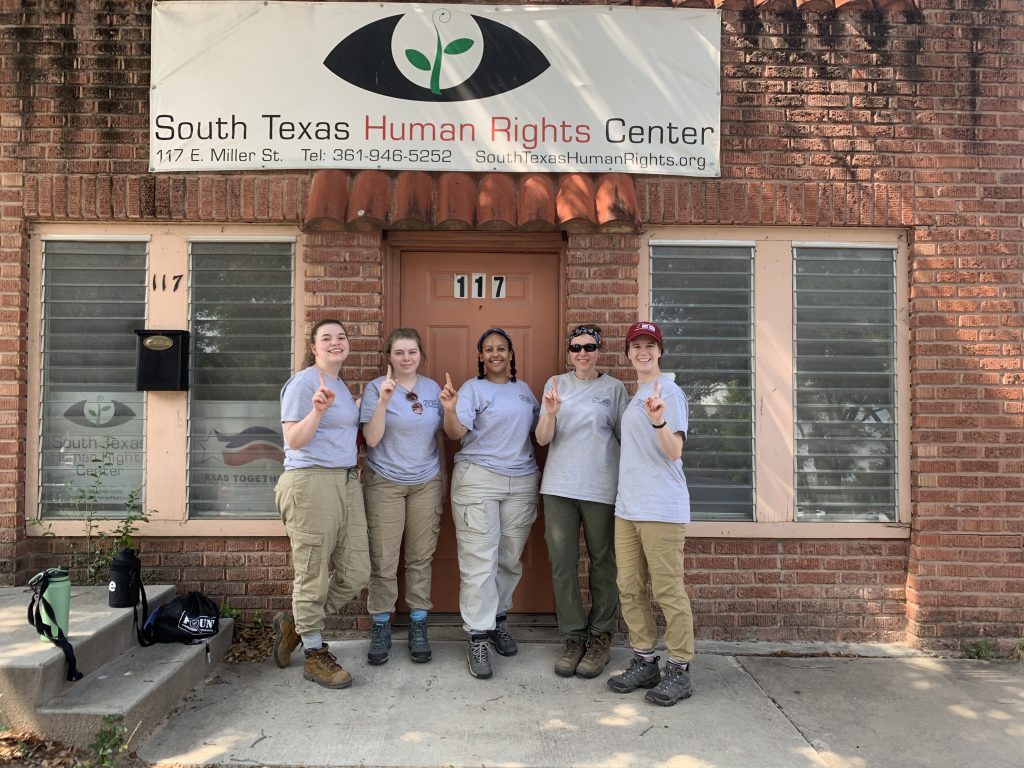I’m back home in Indianapolis. I have washed all my field clothes, slept in my own bed, and have been drinking water all day to rehydrate my body. Once again I’m immersed in an environment where people could go a whole day without hearing any synonym for the words: migrant, border, detained, or missing. The dichotomy between the Midwest and south Texas is unreal.
When we first arrived in Texas the thing that struck me was its size. I know Texas is big and I have often heard my friends and family from Texas recount on its size. However, I was not prepared to be able to drive thirty minutes down a highway and still be in the same county or to be surrounded by ranches that encompass over 1,000 acres of land. The sheer magnitude of Texas left me baffled and helped me to better understand the difficult journey migrants have to make, even after crossing the US-Mexico border.
I am glad that our group got to conduct search and recovery operations as well as refill the South Texas Human Rights Center’s water stations because both projects offered different insights into a migrant’s journey. When we were refilling water stations, I could tell by the number of water jugs we had to replenish that migrants passing through needed the water. Their desperation for fluids became more apparent when I learned that many coyotes tell migrants that the water inside the water stations is poisonous. The fact so many people were willing to go against the advice of their coyote and utilize the water stations speaks to the desperate situation many individuals find themselves in.
By conducting the search and recovery operations, I gained perspective as to why so many migrants experience dehydration or become lost in Brooks County. As our whole group has recounted on this blog, the environment we were working in is harsh. In addition to avoiding border control officials, migrants must also bypass ranch personnel, wild animals, and harmful plants. Dr. Latham and I stumbled upon a rest area on our last day of searching and while the area offered some protection from the elements I cannot imagine being forced to spend days in that brush with fifteen other people.
All things considered, I have come to understand why the region we were working in is called “the corridor of death.” It’s heartbreaking but also understandable to learn that that nearly half of the migrant deaths in the Rio Grande Valley (34,000 square miles) occur in Brooks County, which makes up only 944 square miles. This data suggest that there is a crisis on the southern border for not only are detention centers and local officials overwhelmed but they also lack the resources in order to locate the alarmingly high number of individuals in Brooks County who are victims of trafficking and the unforgiving terrain.
I would like to thank all the amazing people who guided us during our week in Texas and who perform humanitarian work in Brooks County regularly. The dedication these individuals have is admirable as they put in countless hours of work and often utilize their own resources in order to save lives or locate the missing. Getting to talk and listen to the stories Eddie, Deputy Don White, Arianna, and Selina had to share was one of my favorite parts of the trip.
